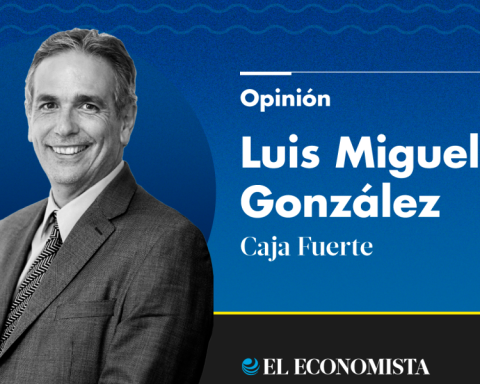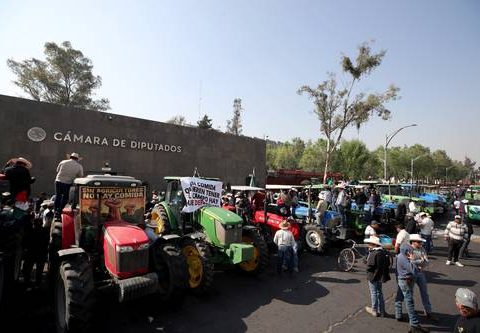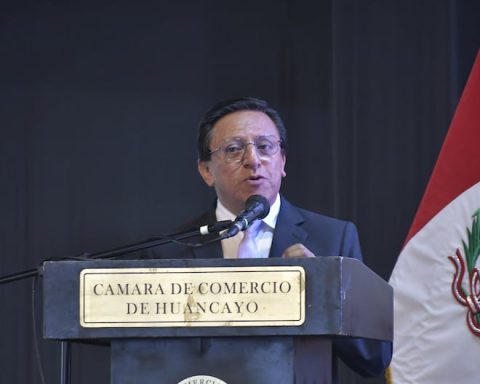AND
N May 2016 a huge fire The Canadian city of Fort McMurray virtually reduced to ashes. Due to the prosperity it was based on the exploitation of oil, they called it Fort McMoney (Strong McDinero). Located in the province of Alberta, the Government evacuated its almost 100,000 inhabitants and declared a state of emergency. A thousand 600 buildings in the city were severely damaged or completely destroyed. In some residential neighborhoods up to 80 percent of households were affected. It is the most expensive natural disaster in the history of the country.
Years before, the greatest concern of the inhabitants of that city was the shortage of housing caused by the rapid growth of the city: 35 thousand inhabitants at the beginning of 1990 added more than 125 thousand a decade ago. The origin: excessive extraction of oil in 140 thousand square kilometers. The international price of that energy was up. That extraction attracted thousands of workers (among them, Mexicans) and completely changed the physiognomy of the region thanks to millions of investments of all kinds.
It is well to point out that Canada is, after Venezuela and Saudi Arabia, the country with the largest deposits of said energy and almost all are located in the province of Alberta. They are a mixture of clay, sand, water and bitumen (a tar derivative), from which a product similar to oil is obtained. Extracting it does not demand to pierce the subsoil, but techniques similar to those of open sky mining, much more expensive than conventional ones.
While the Canadian government and companies presumed the spectacular increase in crude oil extraction and its great economic benefits, environmental groups criticized the enormous amount of energy and water necessary to produce bituminous sands, in addition to air pollution, soil, water, water and the boreal forest, the result of open pit mining; And also, its effects on the health of workers and populations neighboring the extraction sites. But the boom Extractive stopped in 2015 when oil prices dropped and with it the economic collapse of Fort McMurray.
The fire made the rest in 2016. In the media the evacuation of its 100,000 inhabitants as the first refugees for climate change in North America was described. The experts assured that the region had registered a severe drought and a more temperate winter than normal. The perfect conditions were presented so that the fire spread rapidly and burned without control.
John Vaillant, Canadian-Stadian writer and journalist, is the author of the book Fire Weather ( Fire climate), Where the devastating Fort McMurray fire. To Vaillant, the fire burns now very different from how he did before. And the origin is because human beings have radically assaulted and modified nature and climate. One of the fruits of all this is the growing capacity of the atmosphere to retain heat at low height and heat everything around us.
Everything indicates that the increase of devastating forest fires in other parts of the planet have an essential factor in climate change. For example, the two registered in 2023 and last year in Greece; Spain suffered in 2022 the worst of this century; the previous ones in California and those who now seem to be able to turn off. Last year in Mexico, the surface affected by forest fires increased 60 percent: 1.6 million hectares, which is equivalent to almost half of the territorial extension of the state of Puebla.
It is not yet known who or what started the fires in Los Angeles. It is not directly the fossil fuel industry, because there it does not exist. But it is a dynamizer of them. According to specialists, the main driving force of overheating recorded last year is the accumulation of greenhouse gases due to burning coal, oil and gas.
With 2024 as the hottest year registered and Los Angeles on fire at the beginning of 2025, Trump’s return to power is a political setback as the climatic emergency. In Mexico, the fires soon begin. Are the official instances and the population ready to avoid them?















